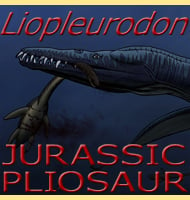Eurhinosaurus
In Depth Eurhinosaurus is one member of what still appears to be a small group of ichthyosaurs that had specialised asymmetrical jaws. What this means in more detail is that the rostrum of the upper jaw extended beyond the lower jaw to give Eurhinosaurus a head and set of jaws that resemble a modern day … Read more
